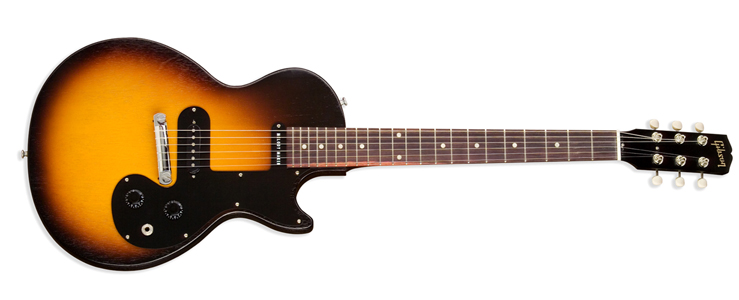On March 15, hours after its asserted
patent was issued (U.S. Patent No. 7,908,342), Wireless Ink Corp. filed a
complaint for patent infringement against Facebook, Google, YouTube, and MySpace
in the U.S. District Court for the Southern District of New York, Case No.
1:11-cv-01751-PKC. Wireless Ink is a mobile content management and social
networking software company that operates Winksite.com.
If this scenario sounds familiar, it’s
because Wireless Ink has a pending lawsuit against Facebook and Google in the
same court, before the same judge, and for
infringement of a related patent (U.S. Patent No. 7,599,983), Case No.
1:10-cv-01841-PKC (filed Mar. 9, 2010).
In this newest action, Wireless Ink
alleges that each Defendant directly infringes several claims of its ‘342 patent
(titled Method, Apparatus and System for Management of Information Content
for Enhanced Accessibility over Wireless Communication Networks) by, among
other things, (i) providing a user-accessible content management website, (ii)
generating a mobile website that is accessible independently of the content
management website via a mobile device, (iii) where the mobile website is
configured to receive data automatically from external data sources designated
by the user at the content management website, and (iv) where the content
management website permits the user to upload information items and enter
messages which are included in the mobile website.
Wireless Ink also alleges that
Defendants’ infringing activities are willful, and that Defendants have induced
infringement by actively encouraging their users to use their mobile websites,
even after having knowledge of Wireless Ink’s patent rights. As characterized in
the complaint, the Defendants’ alleged infringing activities “involve hundreds
of millions of users and potentially billions of acts of
infringement.”
Interestingly, in exhibits to its
complaint, Wireless Ink points out that all of the known relevant prior art to
the related ‘983 patent produced by
Facebook and Google in the 2010 litigation was disclosed by Wireless Ink to the
U.S. Patent & Trademark Office during prosecution of the application that
issued as the now-asserted ‘342 patent. The ‘342 patent’s application was a
continuation of the ‘983 patent’s application. Whether this has any impact on
the validity of the ‘342 patent remains to be seen.
This action is currently scheduled to
have its initial pretrial conference on May 9, 2011.
 Internet & Social Media Law Blog
Internet & Social Media Law Blog



 st 745 LLC (d/b/a Seven45 Studios) asserting “Power Gig” violates its U.S. Patent Number 5,990,405, titled “System and method for generating and controlling a simulated musical concert experience.” The claims center on “Power Gig” and its related components, which includes a guitar-style controller. Gibson is claiming that the game, in conjunction with a gaming console (Sony’s Playstation 2 and Microsift’s Xbox 360), contains elements that infringed its rights under the ‘405 patent. In addition to a claim for direct infringement, Gibson alleges contributory patent infringement and inducement of infringement. Gibson is seeking a preliminarily and permanently injunction, treble damages and attorneys’ fees.
st 745 LLC (d/b/a Seven45 Studios) asserting “Power Gig” violates its U.S. Patent Number 5,990,405, titled “System and method for generating and controlling a simulated musical concert experience.” The claims center on “Power Gig” and its related components, which includes a guitar-style controller. Gibson is claiming that the game, in conjunction with a gaming console (Sony’s Playstation 2 and Microsift’s Xbox 360), contains elements that infringed its rights under the ‘405 patent. In addition to a claim for direct infringement, Gibson alleges contributory patent infringement and inducement of infringement. Gibson is seeking a preliminarily and permanently injunction, treble damages and attorneys’ fees.  A federal court dismissed on summary judgment most of the copyright infringement claims against Google, ruling, in part, that Plaintiff’s notices were not compliant with the requirements of the Digital Millennium Copyright Act (“DMCA”). As a result, the court found that Google was entitled to “safe harbor” protection under various sections of the DMCA.
A federal court dismissed on summary judgment most of the copyright infringement claims against Google, ruling, in part, that Plaintiff’s notices were not compliant with the requirements of the Digital Millennium Copyright Act (“DMCA”). As a result, the court found that Google was entitled to “safe harbor” protection under various sections of the DMCA.